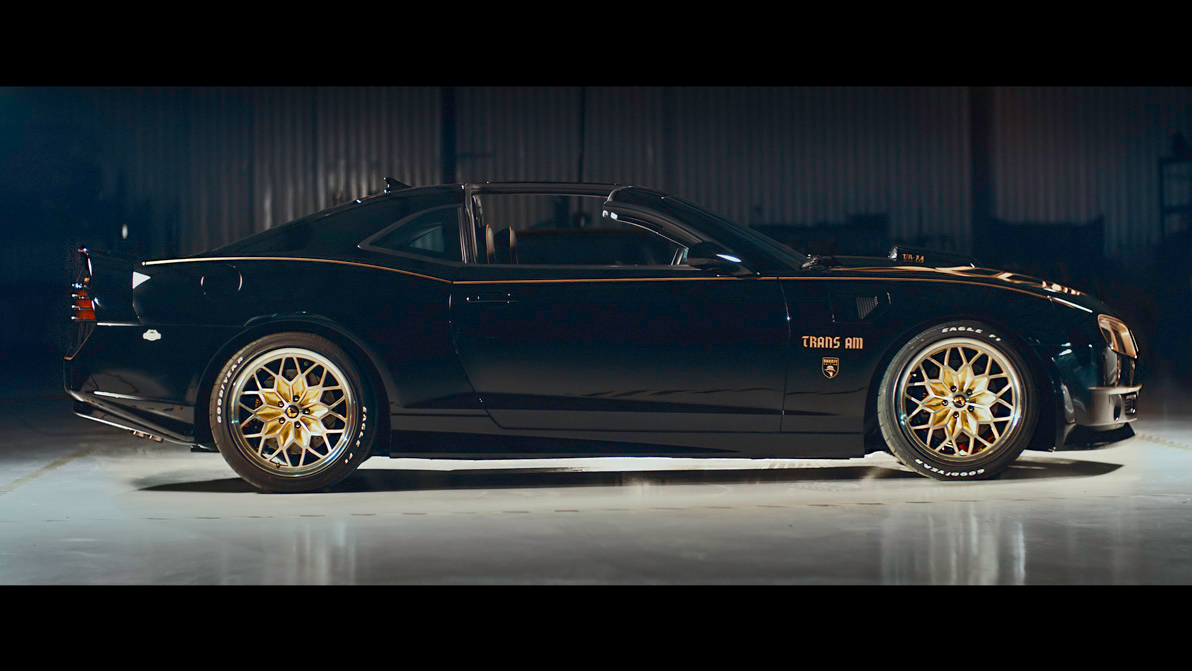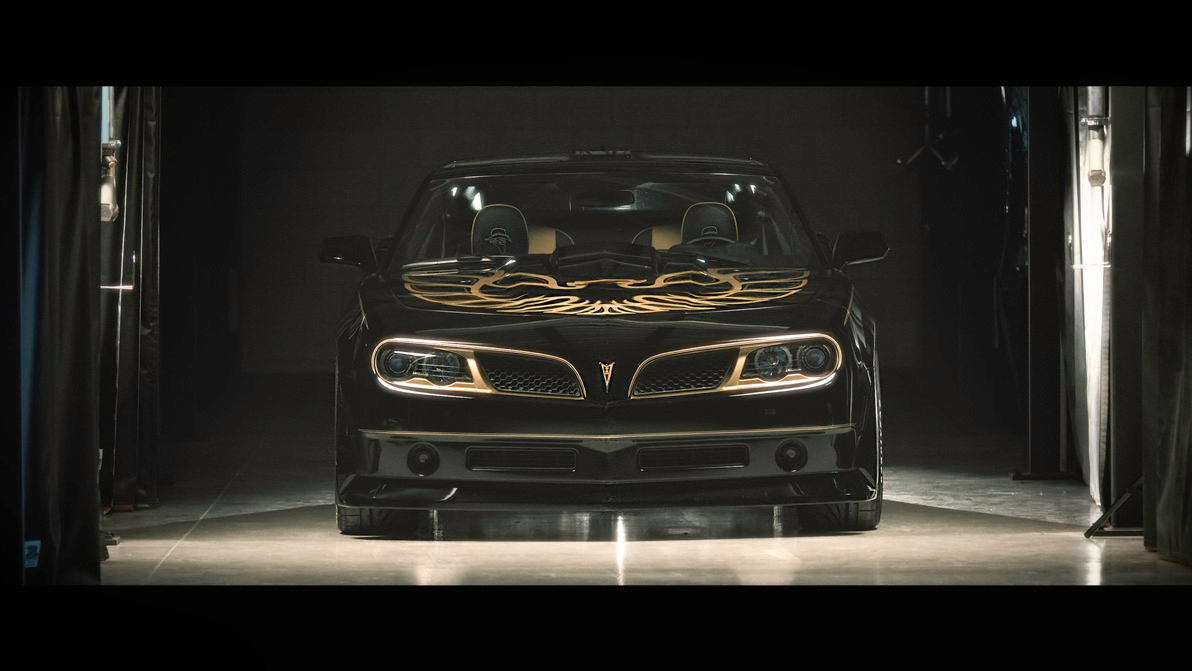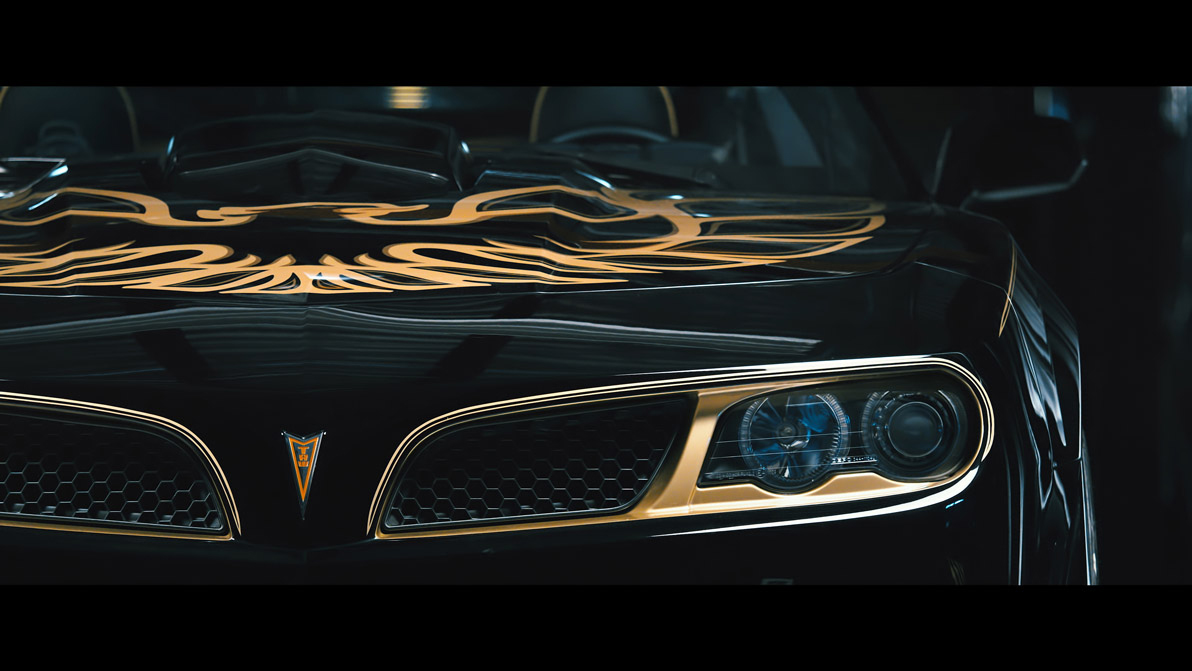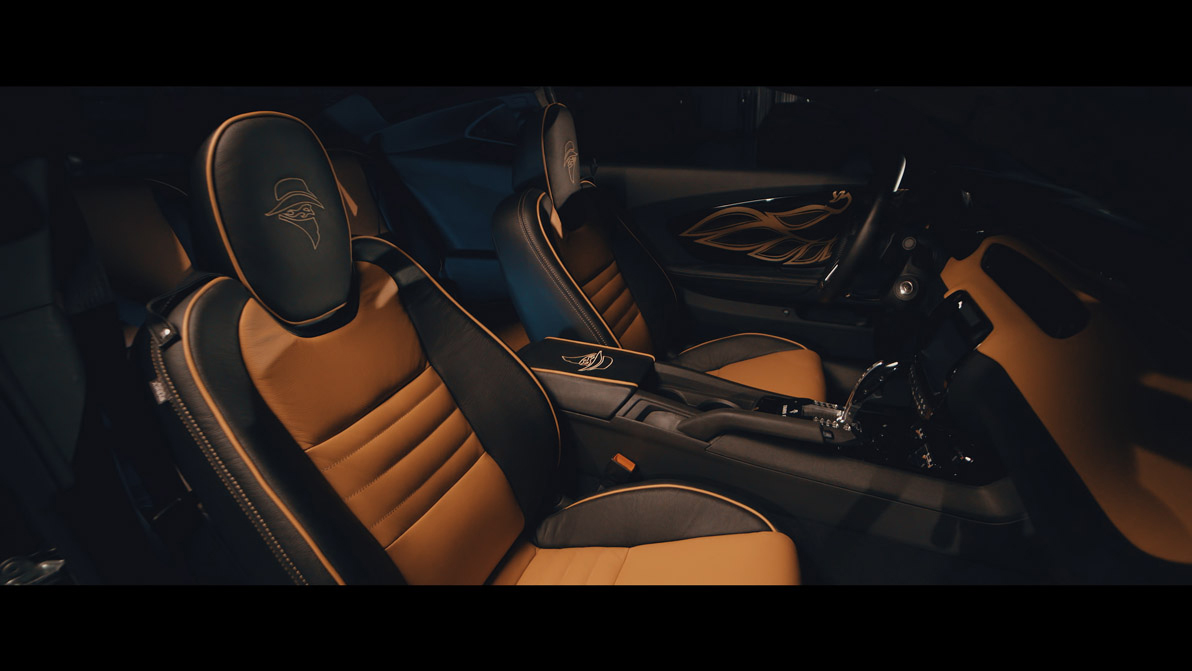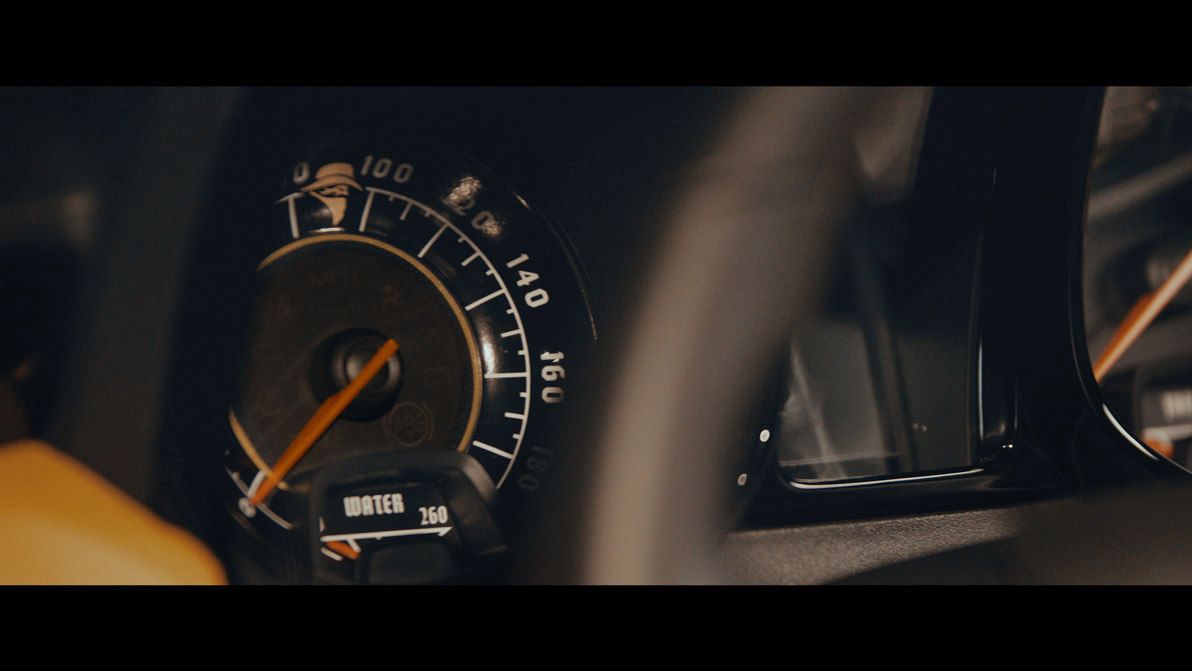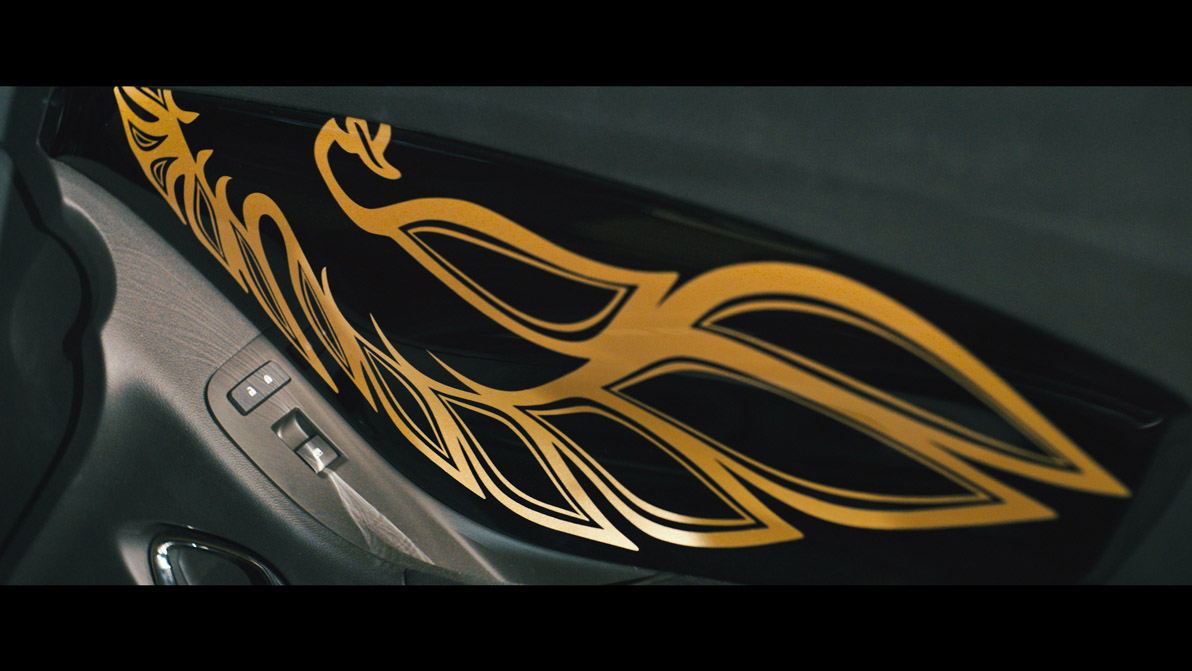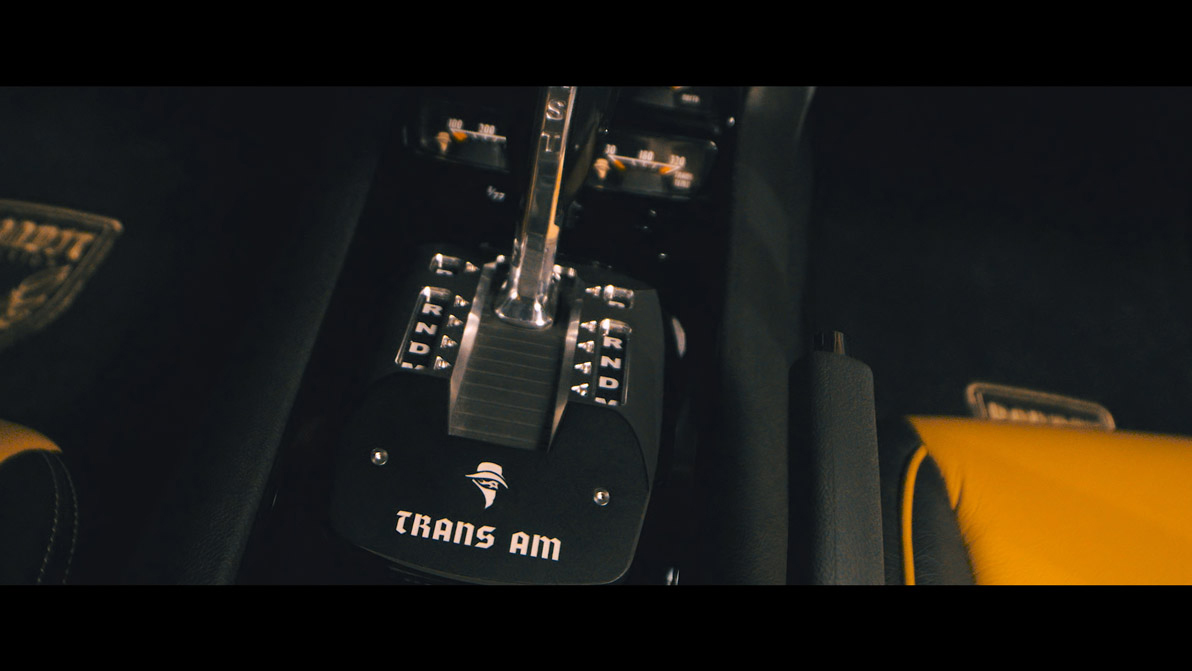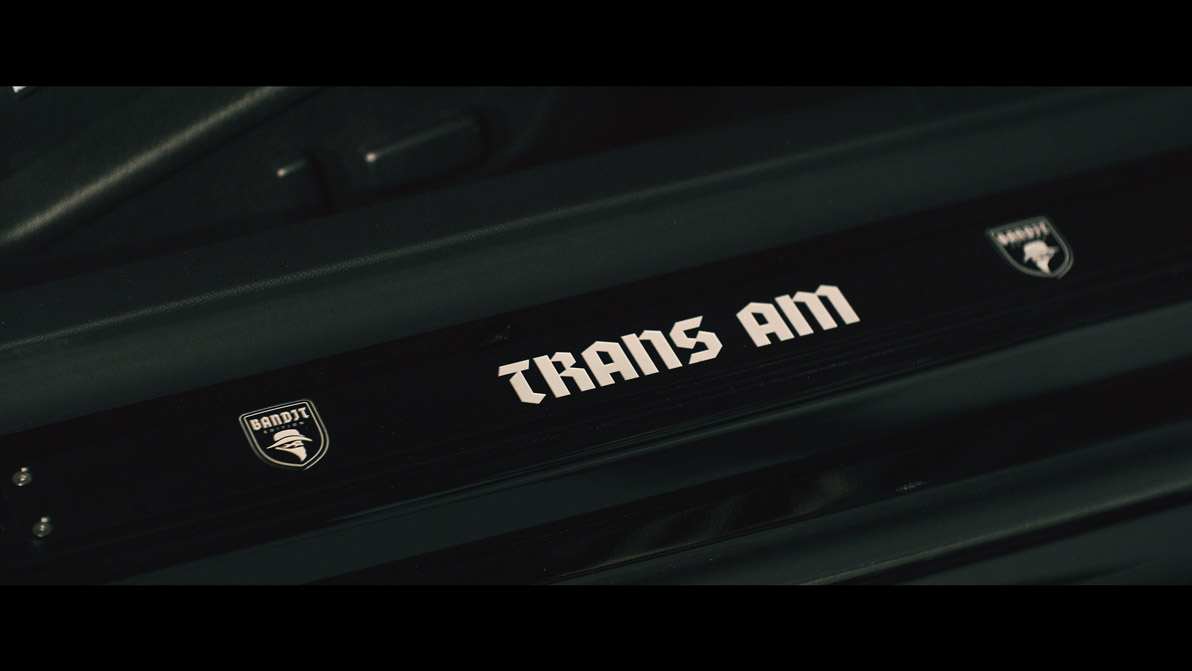In June 1977, the coolest car in the country was a black ’77 Trans Am. That’s because a month earlier, Smokey and the Bandit burnt rubber across the silver screen with 96 minutes of Burt Reynolds jumping bridges, outrunning smokeys, and looking damn cool doing it — “for the money, for the glory, and for the fun,” of course.
“You always remember where you saw the movie,” says Todd Warmack, co-founder of Trans Am Depot. Brother and fellow co-founder Scott Warmack adds, “Everybody wanted to be the Bandit.” Once you see how many miles and drift turns the car handles in the film (while Buford T. Justice’s patrol car gets crumpled like a sheet of paper), you immediately want one.
Together the Warmack brothers credit Reynolds and his iconic role with the success of the Trans Am brand, which was all the more reason to bring back the model in 2017 to honor the cult classic’s 50th anniversary.
Enter the 2017 Trans Am SE Bandit Edition. Only 77 models were made (all sold for about $115,000, unfortunately), each one signed in gold by the Bandit himself. Technically, the 2017 remake is only reminiscent of the Bandit’s original ’77 Firebird Trans Am because Pontiac made the cars until ceasing production in 2009. Today, Trans Am Depot licenses the name from General Motors and builds iconic Trans Am out of Chevy Camaros.
But if anything, that’s a good change.
The 2017 Trans Am Bandit has a genuine T-top roof and a GM V-8 under the hood. In true Trans Am fashion, an epic Firebird emblazes the hood. Expect more oomph, as Trans Am Depot boosted the horsepower from the original 185 to 840. Reynolds called it “an airplane on the ground.”
Trans Am Depot even got Reynolds behind the wheel to endorse the new whip. While he didn’t take off his hat, he did say, “I fell in love.” That being said, there’s plenty of extra room to share the ride with your Frog, as the seats are extra big and plush. That is if you can find one of the 77 lucky owners and convince them to trade for 400 cases of Coors.
Otherwise, if you’re looking to bootleg some beer under 28 hours, the Trans Am Super Duty 455 ($170,000) might get you there faster, boasting 1,000 horsepower. Yes, you’ll still get the badass bird on the hood. That’s a big ten-four.
Editors' Recommendations
- Drive All the AMG Rides You Like with Mercedes-Benz’s Upgraded Vehicle Subscription Service
- What It’s Like to Drive a NASCAR Race Car (and Where You Can Get Behind the Wheel)
